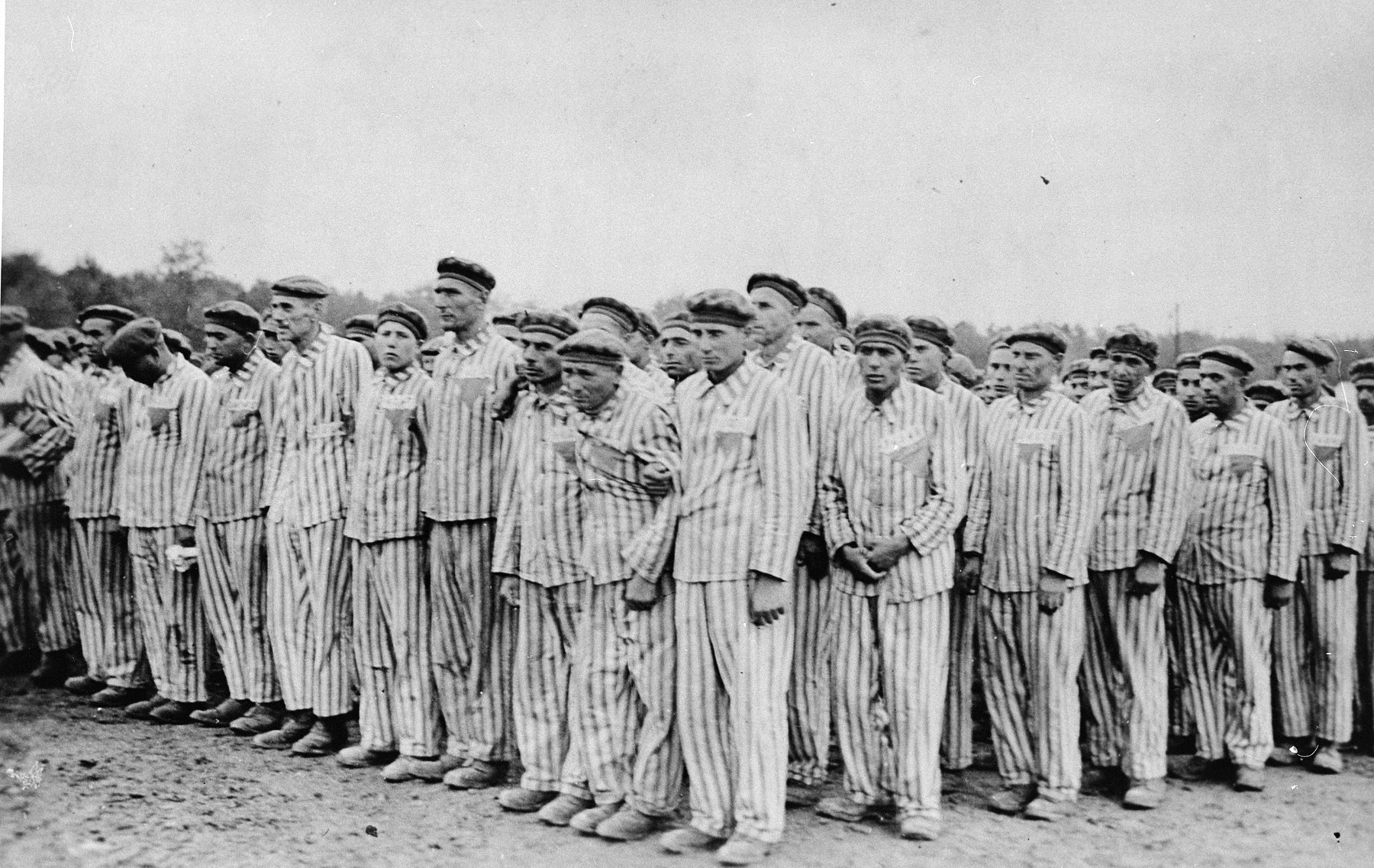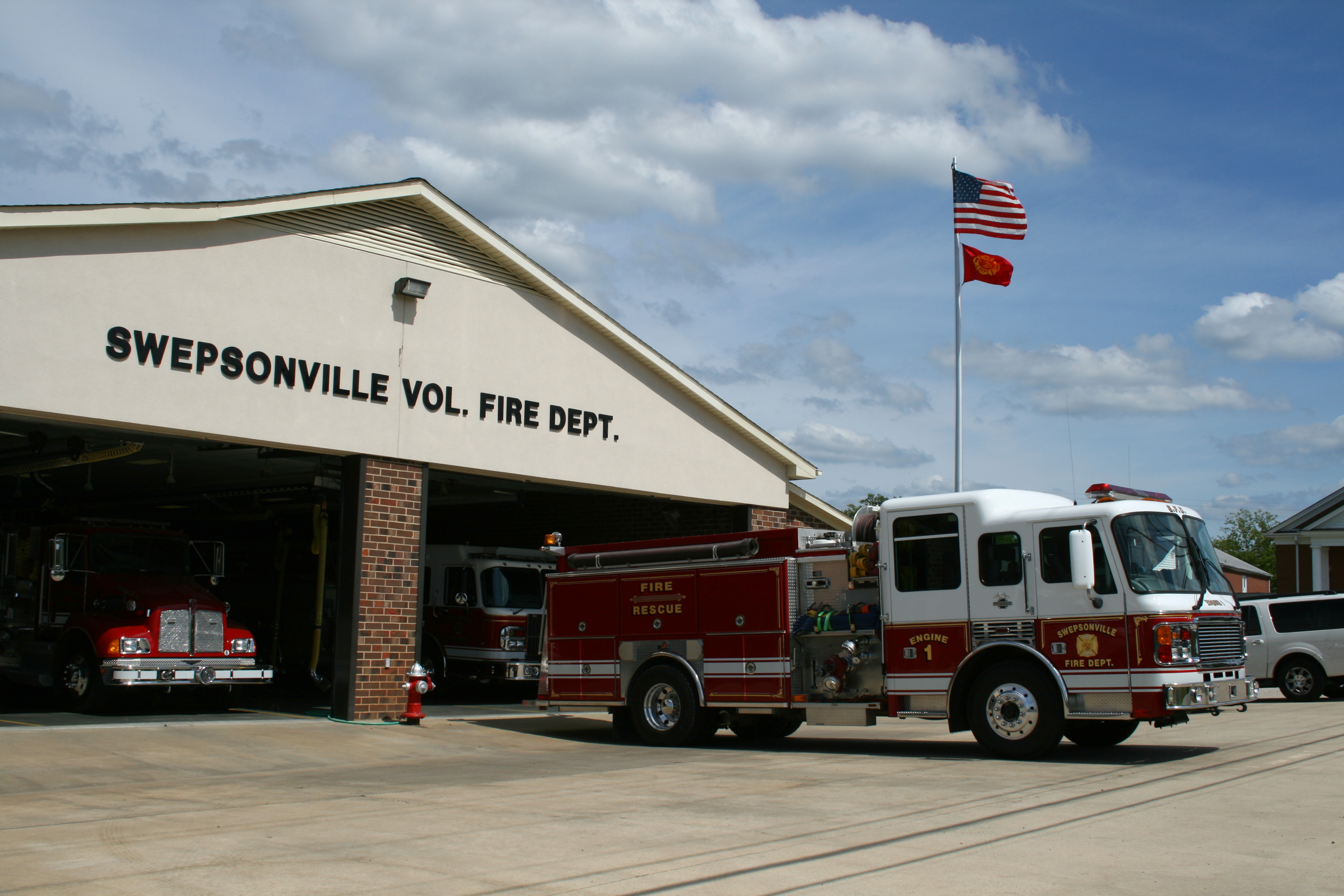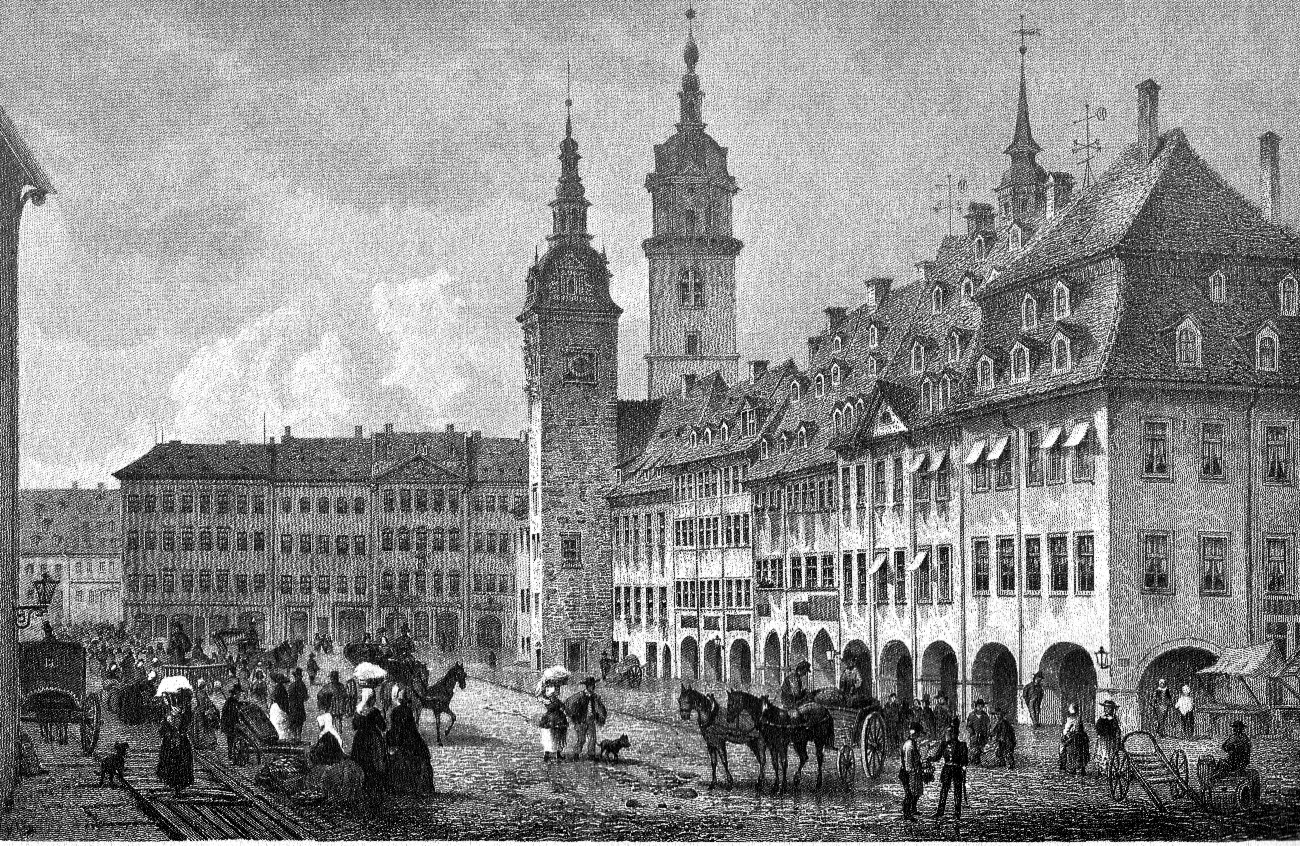|
Reitzenhain (Marienberg)
Reitzenhain is a village in the Ore Mountains which is now a subdivision of Marienberg in the district Erzgebirgskreis. Geography Reitzenhain is located on the crest of the Ore Mountains, next to the border between Germany and the Czech Republic at an altitude of ca. 778 m (station building) on the stream Schwarze Pockau. The abandoned village Pohraniční (Böhmisch Reizenhain) is situated to its south-east, on the Czech side of the border and on the right bank of the stream. Etymology The name of the village is supposedly derived from a wayside inn (locally called a ''Han'') on the nearby mountain pass, which happened to be the thirteenth inn ('Dreizehnter Han') on the road from Leipzig to Prague, counted from either end. This is also reflected by the number "13" (German: 'Dreizehn') in the village's coat of arms. History Reitzenhain was first mentioned in a document of 1401 as ''Reiczenstein'', being a village on the border to Bohemia. In 1551 it belonged to Großrü ... [...More Info...] [...Related Items...] OR: [Wikipedia] [Google] [Baidu] |
Ore Mountains
The Ore Mountains (, or ; ) lie along the Czech–German border, separating the historical regions of Bohemia in the Czech Republic and Saxony in Germany. The highest peaks are the Klínovec in the Czech Republic (German: ''Keilberg'') at above Normalnull, sea level and the Fichtelberg in Germany at . The Ore Mountains have been intensively reshaped by human intervention and a diverse cultural landscape has developed. Mining in particular, with its tips, dams, ditches and sinkholes, directly shaped the landscape and the habitats of plants and animals in many places. The region was also the setting of the earliest stages of the Early modern period, early modern transformation of mining and metallurgy from a craft to a large-scale industry, a process that preceded and enabled the later Industrial Revolution. The higher altitudes from around 500 m above sea level on the German side belong to the Ore Mountains/Vogtland Nature Parkthe largest of its kind in Germany with a length ... [...More Info...] [...Related Items...] OR: [Wikipedia] [Google] [Baidu] |
Amt (country Subdivision)
Amt is a type of administrative division governing a group of municipalities, today only in Germany, but formerly also common in other countries of Northern Europe. Its size and functions differ by country and the term is roughly equivalent to a British or U.S. county. Current usage Germany Prevalence The ''Amt'' (plural: ''Ämter'') is unique to the German ''States of Germany, Bundesländer'' (federal states) of Schleswig-Holstein, Mecklenburg-Western Pomerania and Brandenburg. Other German states had this division in the past. Some states have similar administrative units called ''Samtgemeinde'' (Lower Saxony), ''Verbandsgemeinde'' (Rhineland-Palatinate) or ''Municipal association (Germany), Verwaltungsgemeinschaft'' (Baden-Württemberg, Bavaria, Saxony, Saxony-Anhalt, Thuringia). Definition An ''Amt'', as well as the other above-mentioned units, is subordinate to a ''Kreis'' (district) and is a collection of municipalities. The amt is lower than district-level government ... [...More Info...] [...Related Items...] OR: [Wikipedia] [Google] [Baidu] |
Occupation Of Czechoslovakia (1938–1945)
The military occupation of Czechoslovakia by Nazi Germany began with the German annexation of the Sudetenland in 1938, continued with the creation of the Protectorate of Bohemia and Moravia, and by the end of 1944 extended to all parts of Czechoslovakia. Following the ''Anschluss'' of Austria in March 1938 and the Munich Agreement in September of that same year, Adolf Hitler annexed the Sudetenland from Czechoslovakia on 1 October, giving Germany control of the extensive Czechoslovak border fortifications in this area. The incorporation of the Sudetenland into Germany left the rest of Czechoslovakia with a largely indefensible northwestern border. Also a Polish-majority borderland region of Trans-Olza which was annexed by Czechoslovakia in 1919, was occupied and annexed by Polish Second Republic, Poland following the two-decade long territorial dispute. Finally the First Vienna Award gave to Kingdom of Hungary (1920–1946), Hungary the southern territories of Slovakia and C ... [...More Info...] [...Related Items...] OR: [Wikipedia] [Google] [Baidu] |
Death Marches During The Holocaust
During the Holocaust, death marches () were massive forced transfers of prisoners from one Nazi camp to other locations, which involved walking long distances resulting in numerous deaths of weakened people. Most death marches took place toward the end of World War II, mostly after the summer/autumn of 1944. Hundreds of thousands of prisoners, mostly Jews, from Nazi camps near the Eastern Front were moved to camps inside Germany away from the Allied forces. Their purpose was to continue the use of prisoners' slave labour, to remove evidence of crimes against humanity, and to keep the prisoners to bargain with the Allies. Prisoners were marched to train stations, often a long way; transported for days at a time without food in freight trains; then forced to march again to a new camp. Those who lagged behind or fell were shot. The largest death march took place in January 1945. Nine days before the Soviet Red Army arrived at the Auschwitz concentration camp, the Germans mar ... [...More Info...] [...Related Items...] OR: [Wikipedia] [Google] [Baidu] |
Tröglitz
Elsteraue is a municipality in the Burgenlandkreis district in Saxony-Anhalt, in eastern Germany. It is situated near the White Elster river, about southwest of Leipzig. Districts It is divided into many municipal districts: *Bornitz *Draschwitz *Göbitz (Göbitz, Maßnitz, Torna) *Könderitz (Könderitz, Etzoldshain, Minkwitz, Traupitz) *Langendorf (Langendorf, Döbitzschen, Staschwitz) *Profen (Profen, Beersdorf, Lützkewitz) *Rehmsdorf (Rehmsdorf, Krimmitzschen, Sprossen) *Reuden (Reuden, Predel, Ostrau) *Spora (Spora, Nißma, Oelsen, Prehlitz-Penkwitz) *Tröglitz (Tröglitz, Alt-Tröglitz, Kadischen, Burtschütz, Stocksdorf, Gleina, Techwitz) History During World War II, the present-day district of Tröglitz was the location of a subcamp of the Buchenwald concentration camp, and some 8,600 prisoners, mostly Jews, passed through it. The prisoners were subjected to forced labour, poor food rations, and harassment by the SS, and over 850 died there, while other exhausted priso ... [...More Info...] [...Related Items...] OR: [Wikipedia] [Google] [Baidu] |
Buchenwald Concentration Camp
Buchenwald (; 'beech forest') was a German Nazi concentration camp established on Ettersberg hill near Weimar, Nazi Germany, Germany, in July 1937. It was one of the first and the largest of the concentration camps within the Altreich (pre-1938 Nazi Germany), Altreich (Old Reich) territories. Many actual or suspected communists were among the first internees. Prisoners came from all over Europe and the Soviet Union, and included Jews, Polish people, Poles, and other Slavs, the mentally ill, and physically disabled, political prisoners, Romani people, Roma, Freemasonry, Freemasons, and prisoners of war. There were also ordinary criminals and those perceived as sexual deviants by the Nazi regime. All prisoners worked primarily as forced labor in local armaments factories. The insufficient food and poor conditions, as well as deliberate executions, led to 56,545 deaths at Buchenwald of the 280,000 prisoners who passed through the camp and its List of subcamps of Buchenwald, 139 sub ... [...More Info...] [...Related Items...] OR: [Wikipedia] [Google] [Baidu] |
List Of Subcamps Of Buchenwald
The following is a list of the forced labor subcamps of the Nazi Nazism (), formally named National Socialism (NS; , ), is the far-right politics, far-right Totalitarianism, totalitarian socio-political ideology and practices associated with Adolf Hitler and the Nazi Party (NSDAP) in Germany. During H ... Buchenwald concentration camp. List of national socialist camps and detention sites 1933 - 1945 See also * List of Nazi concentration campsNotes and references {{reflist[...More Info...] [...Related Items...] OR: [Wikipedia] [Google] [Baidu] |
World War II
World War II or the Second World War (1 September 1939 – 2 September 1945) was a World war, global conflict between two coalitions: the Allies of World War II, Allies and the Axis powers. World War II by country, Nearly all of the world's countries participated, with many nations mobilising all resources in pursuit of total war. Tanks in World War II, Tanks and Air warfare of World War II, aircraft played major roles, enabling the strategic bombing of cities and delivery of the Atomic bombings of Hiroshima and Nagasaki, first and only nuclear weapons ever used in war. World War II is the List of wars by death toll, deadliest conflict in history, causing World War II casualties, the death of 70 to 85 million people, more than half of whom were civilians. Millions died in genocides, including the Holocaust, and by massacres, starvation, and disease. After the Allied victory, Allied-occupied Germany, Germany, Allied-occupied Austria, Austria, Occupation of Japan, Japan, a ... [...More Info...] [...Related Items...] OR: [Wikipedia] [Google] [Baidu] |
Peat
Peat is an accumulation of partially Decomposition, decayed vegetation or organic matter. It is unique to natural areas called peatlands, bogs, mires, Moorland, moors, or muskegs. ''Sphagnum'' moss, also called peat moss, is one of the most common components in peat, although many other plants can contribute. The biological features of sphagnum mosses act to create a habitat aiding peat formation, a phenomenon termed 'habitat manipulation'. Soils consisting primarily of peat are known as histosols. Peat forms in wetland conditions, where flooding or stagnant water obstructs the flow of oxygen from the atmosphere, slowing the rate of decomposition. Peat properties such as organic matter content and saturated hydraulic conductivity can exhibit high spatial heterogeneity. Peatlands, particularly bogs, are the primary source of peat; although less common, other wetlands, including fens, pocosins and peat swamp forests, also deposit peat. Landscapes covered in peat are home to sp ... [...More Info...] [...Related Items...] OR: [Wikipedia] [Google] [Baidu] |
Volunteer Fire Department
A volunteer fire department (VFD) is a fire department of volunteers who perform fire suppression and other related emergency services for a local jurisdiction. Volunteer and retained (on-call) firefighters are expected to be on call to respond to emergency calls for long periods of time, and are summoned to the fire station when their services are needed. They are also expected to attend other non-emergency duties as well (training, fundraising, equipment maintenance, etc.). Volunteer firefighters contrast with paid firefighters who work full or part-time and receive a salary. Some volunteer firefighters may be part of a combination fire department that employs both full-time and volunteer firefighters. On-call firefighters who receive some pay for their work are known as call firefighters in the United States, and retained firefighters in the United Kingdom and Ireland. International The earliest firefighting organizations were made up of volunteers. The first large ... [...More Info...] [...Related Items...] OR: [Wikipedia] [Google] [Baidu] |
Chomutov
Chomutov (; ) is a city in the Ústí nad Labem Region of the Czech Republic. It has about 47,000 inhabitants. There are almost 80,000 inhabitants in the city's wider metropolitan area. The historic city centre is well preserved and is protected as an urban monument zone. Administrative division Chomutov consists of only one municipal part and is the only such Czech statutory city. Etymology The name is derived from the personal name Chomút/Chomout, meaning "Chomout's (court)". The word ''chomút'', from which the personal name arise, denoted a clumsy person in Old Czech. Geography Chomutov is located about northwest of Prague. It lies on the Chomutovka River in the Ore Mountains Foothills. The surface is mostly flat with some hills in the north and southeast of the city. The highest point of the municipal territory is Hůrka , a hill on the northwestern municipal border. There are several bodies of water on the outskirts of the city. Lake Kamencové jezero and the fishpond ... [...More Info...] [...Related Items...] OR: [Wikipedia] [Google] [Baidu] |
Chemnitz
Chemnitz (; from 1953 to 1990: Karl-Marx-Stadt (); ; ) is the third-largest city in the Germany, German States of Germany, state of Saxony after Leipzig and Dresden, and the fourth-largest city in the area of former East Germany after (East Berlin, East) Berlin, Leipzig, and Dresden. The city lies in the middle of a string of cities sitting in the densely populated northern Ore Mountain Foreland, foreland of the Elster Mountains, Elster and Ore Mountains, stretching from Plauen in the southwest via Zwickau, Chemnitz and Freiberg to Dresden in the northeast, and is part of the Central German Metropolitan Region. Located in the Ore Mountain Basin, the city is surrounded by the Ore Mountains to the south and the Central Saxon Hills, Central Saxon Hill Country to the north. The city stands on the Chemnitz River, which is formed through the confluence of the rivers Zwönitz (river), Zwönitz and Würschnitz in the borough of Altchemnitz. The name of the city as well as the names o ... [...More Info...] [...Related Items...] OR: [Wikipedia] [Google] [Baidu] |






